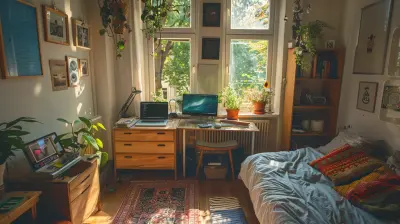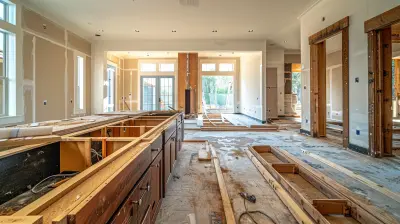Affordable Housing and Community-Building: The Connection
23 August 2025
Let’s talk about something that’s often swept under the rug or crammed into policy briefs that nobody reads—affordable housing. But we’re not just talking about building cheaper homes. We’re diving into how affordable housing can actually be the glue that holds a community together. Sounds surprising, right?
So grab your coffee (or whatever fuels your curiosity), and let’s unpack this powerful connection between affordable housing and the magic of community-building.
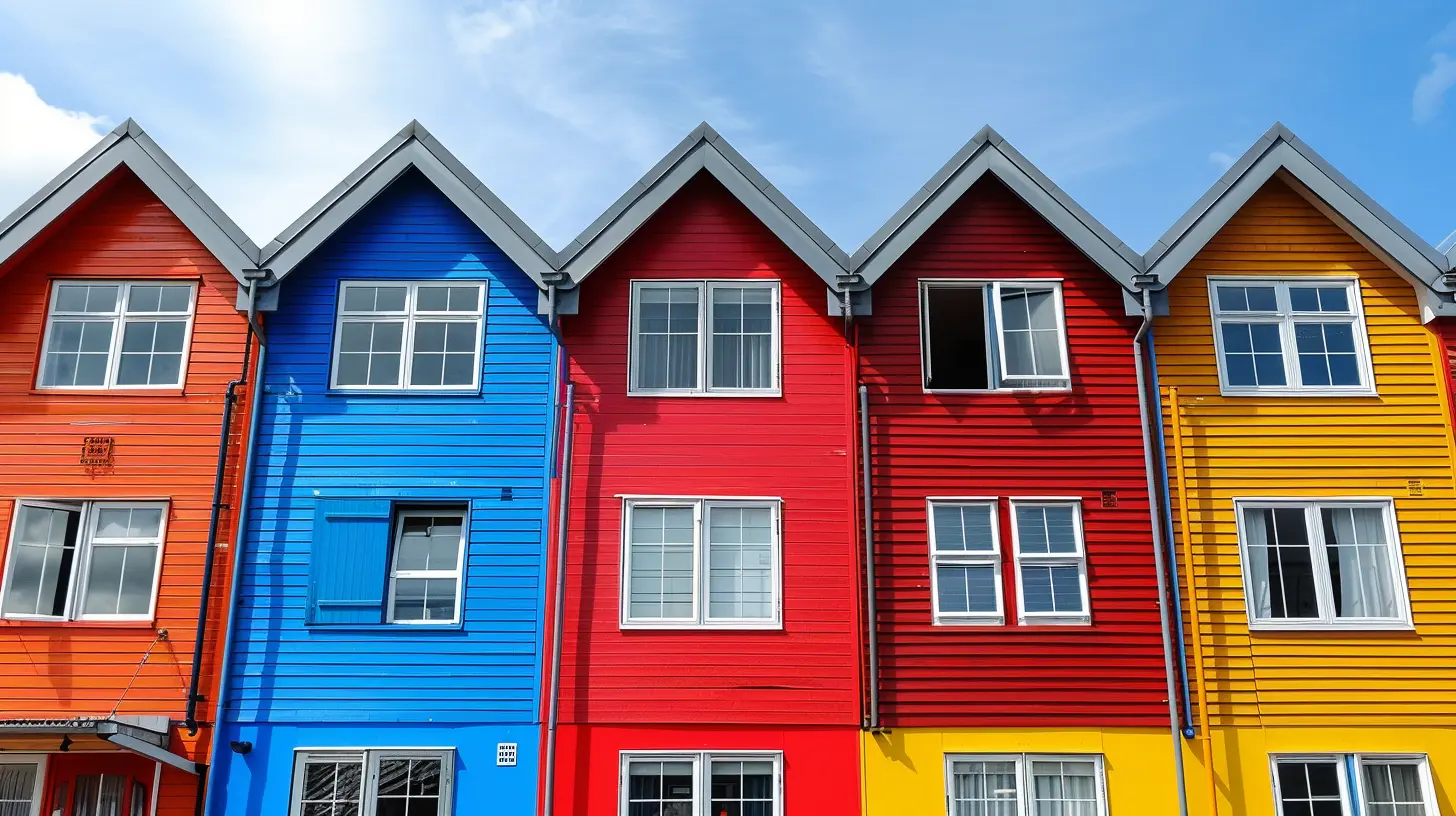
What Exactly Is Affordable Housing?
Before we dive into the deep end, let's establish what affordable housing really means. To put it simply, it’s housing that doesn’t cost more than 30% of a household’s income. That includes rent or mortgage, utilities, and everything else tied to having a roof over your head.Affordable doesn’t mean “low quality.” That’s where people often get it twisted. It means homes people can actually afford without sacrificing groceries, healthcare, or, you know, living a decent life.
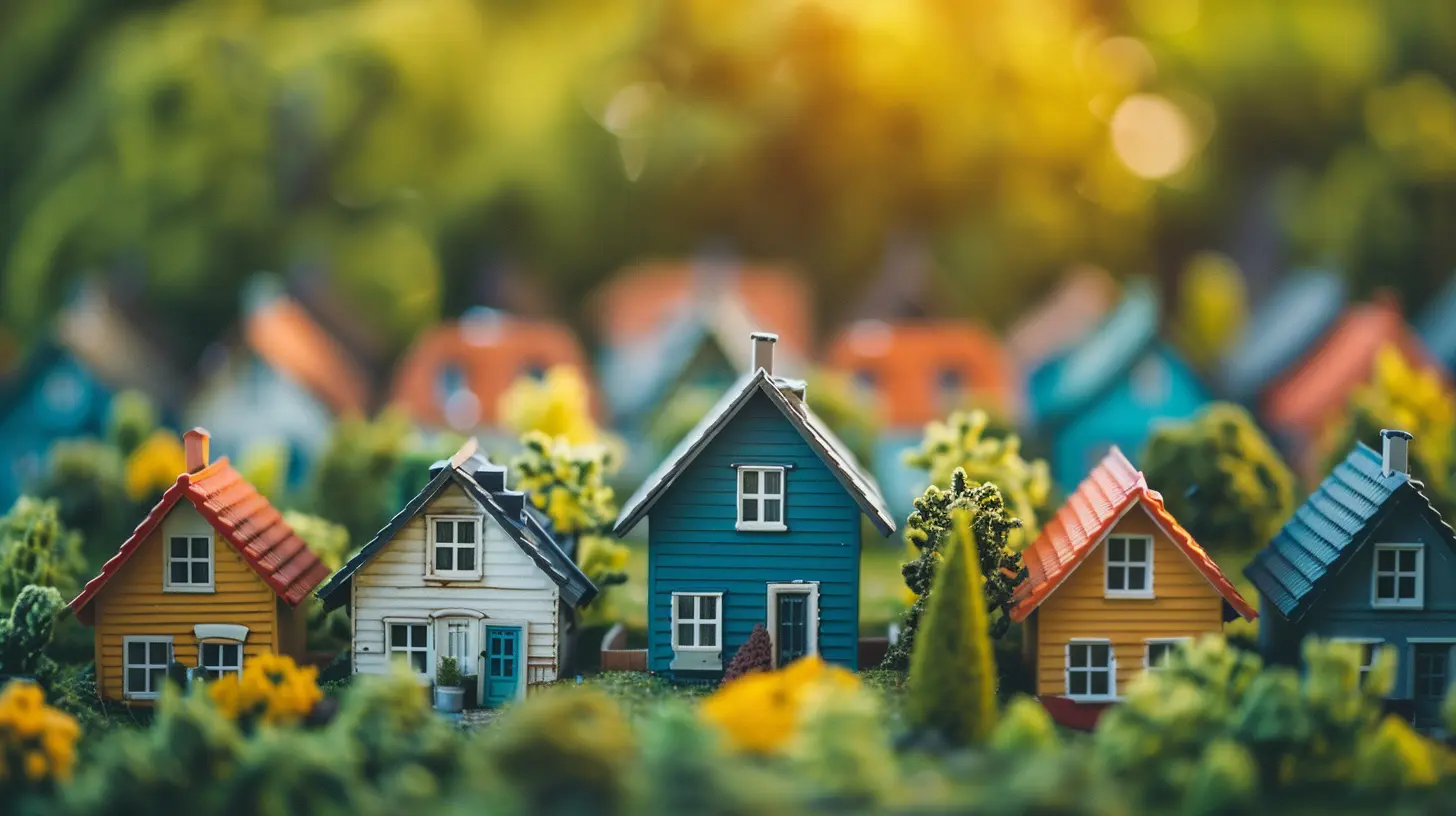
The Myth of "Cheap Means Crummy"
Now, let’s bust a myth: affordable housing isn’t synonymous with run-down buildings or crime-ridden neighborhoods. In fact, when done right, affordable housing can be beautiful, sustainable, and—wait for it—a game changer for the entire community.Still thinking of those gray, lifeless apartment blocks from the ’60s? Think again. Today, affordable housing projects often include green spaces, community centers, artistic flair, and architecture that blends with the neighborhood.
Why Should Anyone Care?
You might be wondering, "Okay…but what’s in it for me?" Whether you're a homeowner, renter, investor, or just someone who enjoys vibrant, connected neighborhoods—you’ve got a stake in this.Here’s the scoop: when people can afford to live in decent homes, they plant roots. They stop moving every year. They get to know the neighbors. They show up to town hall meetings. They start small businesses. That’s how communities are born.
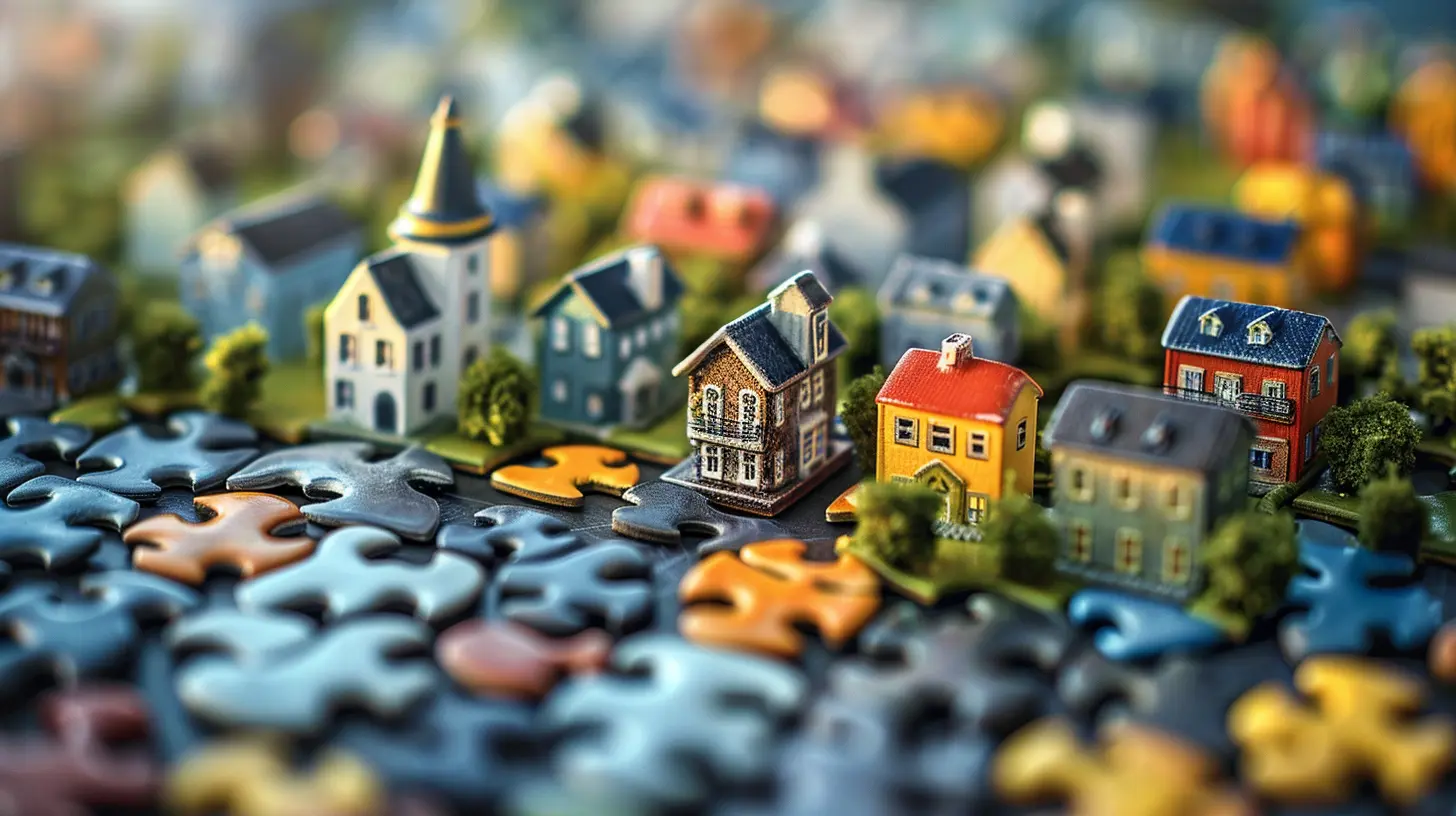
How Affordable Housing Builds Community (And Not Just Houses)
Let’s look at the nuts and bolts of how this connection comes to life.1. Stability = Participation
Ever try to build relationships when you’re constantly on the move? Probably not easy. Affordable housing reduces transiency. Families can stick around, and kids can attend the same schools for years. This continuity builds trust between residents, and, let’s be real, aren’t block parties more fun when you know who’s bringing the best potato salad?Stable housing gives people the mental bandwidth to care about what’s going on around them. They begin to participate in community gardening projects, attend PTA meetings, and even run for local council.
2. Housing Diversity Attracts People From All Walks of Life
Imagine a neighborhood that welcomes the schoolteacher, the barista, the nurse, the freelance artist, and the tech startup guy—all in one place. That’s the dream, right? A mixed-income community reduces economic segregation and nurtures shared experiences.Affordable housing creates the opportunity for this kind of diversity. And when folks from all corners of life live and grow together, they tend to look out for one another more. It’s like a human symphony—everyone’s playing a different instrument, but the music just works.
3. Stronger Local Economies
When people aren’t spending 50% of their income just to keep a roof over their heads, guess what happens? They spend money elsewhere—local businesses, community classes, restaurants, and coffee shops.Affordable housing equals disposable income. Disposable income supports small businesses. Small businesses bring jobs. Jobs bring stability. It’s a beautiful, self-reinforcing cycle.
4. Community Amenities Go Up
Weird but true—affordable housing projects often attract public investment. Think parks, libraries, better sidewalks, and safer streets. When governments see that people are settling in and creating stable living environments, they’re more likely to help out with funding for community projects.So yeah, an affordable housing unit might be the reason your neighborhood finally gets that dog park everyone’s been asking about for years.
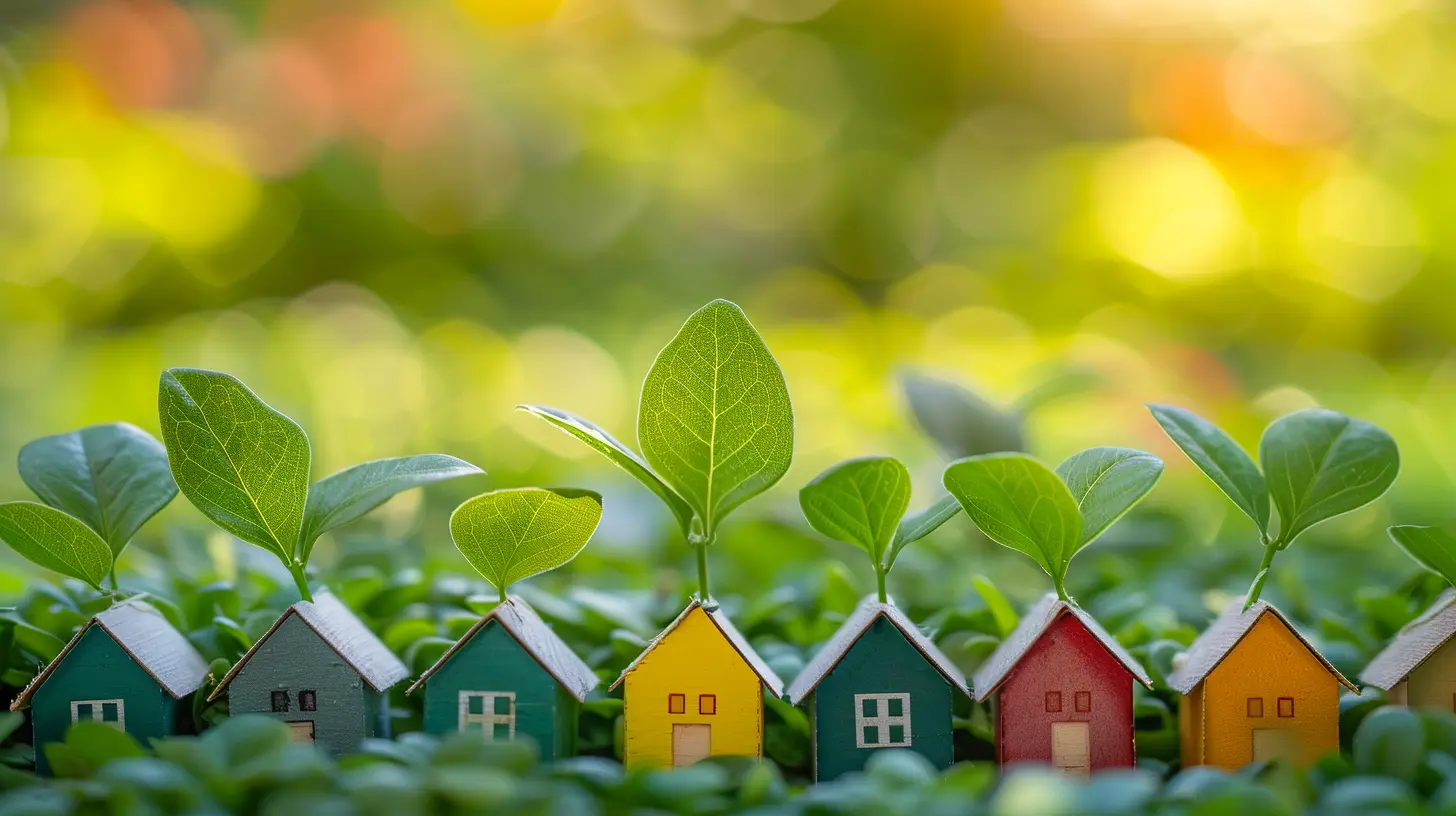
Breaking the Stigma Around Affordable Housing
Let’s address the elephant in the room—stigma. Some folks hear “affordable housing” and immediately imagine crime, noise, or declining property values. Yikes.But studies have shown that well-managed affordable housing developments do not decrease surrounding property values. In fact, they can enhance neighborhood vitality. The key is in the planning. If developers and city leaders treat affordable housing like a valuable asset (not a “have to”), the outcome is amazing.
Let’s be honest: everyone deserves a safe place to live. Cleaner, safer communities benefit all of us. The idea that only wealthy people can enhance a neighborhood? That thinking is outdated—and kind of snobby, too, if we’re being honest.
What Affordable Housing Looks Like Today
Gone are the days of cookie-cutter apartment blocks in the middle of nowhere. Today’s affordable housing is smart, sustainable, and community-focused. Think solar panels, shared workspaces, and community gardens. Let’s break down these modern features:Green Building Design
Modern affordable housing often includes green roofs, energy-efficient appliances, and smart home technologies. This lowers utility costs for residents and makes the development environmentally friendly. Win-win.On-Site Services
Many new affordable housing developments include on-site amenities like childcare centers, job training programs, and healthcare clinics. These aren't just homes—they're mini-ecosystems.Intentional Design for Community Interaction
Ever wonder why some neighborhoods are full of life while others feel like a ghost town? It’s often in the design. Affordable housing projects now focus on shared courtyards, common rooms, and walkable layouts that naturally bring residents together.
Case Study: How One Community Transformed
Let’s take an example from a mid-sized city—say, Cleveland.The city launched a mixed-income affordable housing project in a previously neglected part of town. They included housing for various income levels, created walking paths, community centers, and even a co-working space.
What happened?
- Local businesses popped up near the development
- Crime rates dropped
- School performance improved with stable student attendance
- The community organized monthly events like movie nights and farmer’s markets
Now that’s the power of intentional housing mixed with community-building efforts.
Affordable Housing and Mental Health: An Overlooked Benefit
We often talk dollars and cents, but let's not ignore the mental health aspect. Constantly worrying about where you’ll live next month takes a serious toll. When housing is affordable and consistent, stress reduces. People sleep better, focus better, and forge deeper relationships.And better mental well-being leads to—you guessed it—more connected communities.
The Role of Local Governments and Developers
None of this happens in a vacuum.Local governments need to step up by offering incentives, zoning flexibility, and streamlined permits. Community land trusts, tax credits, and inclusionary zoning can pave the way for more affordable housing options.
Meanwhile, developers should see affordable housing not as a checkbox, but as an opportunity to co-create vibrant neighborhoods. The ROI? Long-term stability, community goodwill, and a stronger local economy.
So, What Can You Do?
This might sound like a big system (and it is), but guess what? You can actually make a difference. Here’s how:- Support local housing initiatives in your neighborhood
- Advocate for inclusive zoning laws
- Attend city planning meetings
- Volunteer with organizations building affordable homes
- Talk to your community about the benefits—it starts with changing minds
Bringing It All Home (Pun Totally Intended)
Affordable housing isn’t just about numbers or square footage. It’s about people. It’s about giving folks the chance to stay in one place long enough to plant friendships, grow dreams, and shape their surroundings.When affordable housing is done right, it doesn’t just put a roof over someone’s head—it builds the kind of community we all want to be part of.
Whether you're a policymaker, a real estate junkie, a curious neighbor, or just someone who wants to see people thrive—know this:
Affordable housing isn't the problem. It's a big part of the solution.
all images in this post were generated using AI tools
Category:
Affordable HousingAuthor:

Camila King
Discussion
rate this article
1 comments
Theodore Richardson
Affordable housing is the cornerstone of vibrant communities—investing in people builds stronger neighborhoods.
August 29, 2025 at 12:59 PM

Camila King
Absolutely! Investing in affordable housing fosters stability, inclusivity, and stronger social ties, essential for vibrant communities. Thank you for highlighting this crucial connection!

